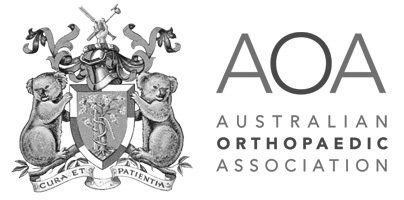Flatfoot Correction
If your child does not exhibit any symptoms, your doctor may monitor your child’s condition as he/she grows to assess for any changes. If, however, your child has symptoms, your doctor may suggest some of the following non-surgical treatments.
Activity modification
Avoid participating in activities that cause pain such as walking or standing for long periods of time.
Orthotic devices
Your surgeon may advise the use of custom made orthotic devices that are worn inside the shoes to support the arch of the foot.
Physical Therapy
Stretching exercises of the heel can provide pain relief.
Medications
Pain-relieving medications such as NSAIDs can help reduce pain and inflammation.
Shoe modification
Using a well‐fitting, supportive shoe can help relieve aching pain caused by flatfoot.
Surgery is rarely needed to treat paediatric flatfoot, however, if conservative treatment options fail to relieve your child’s symptoms, then surgery may be necessary to resolve the problem. Depending on your child’s condition, various procedures may be performed including tendon transfers, tendon lengthening, joint fusion and implant insertion.





